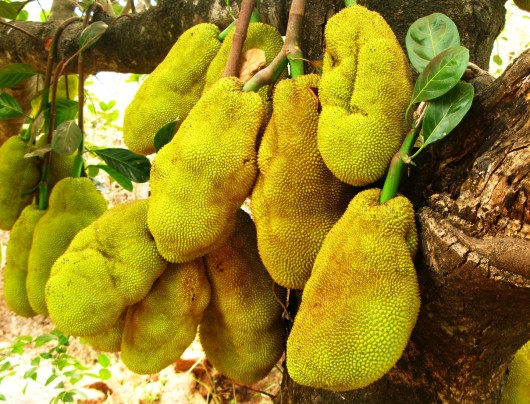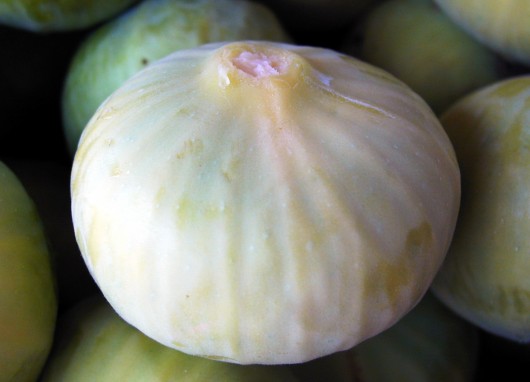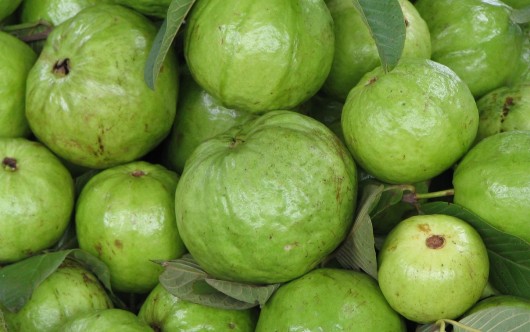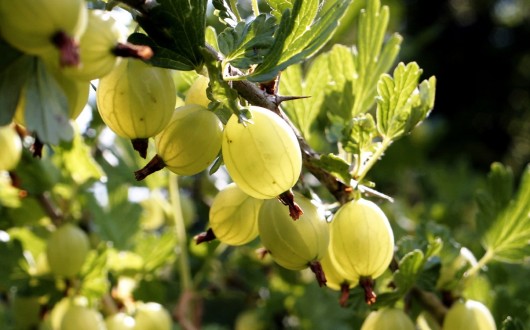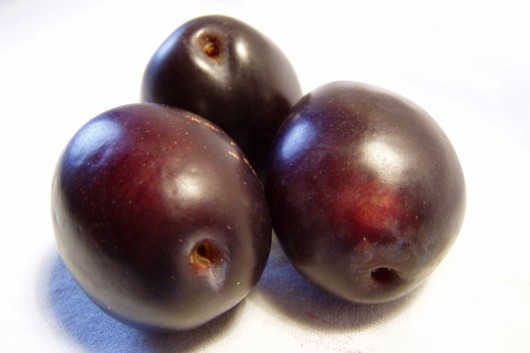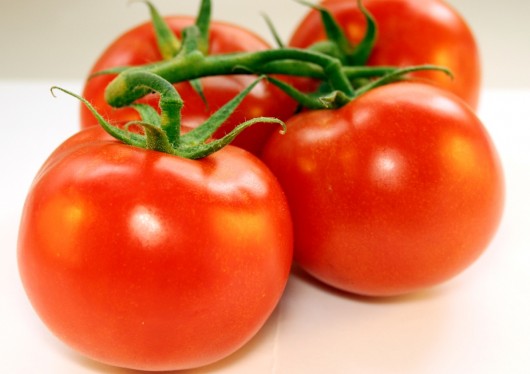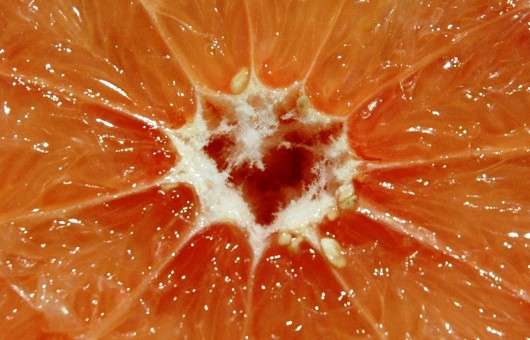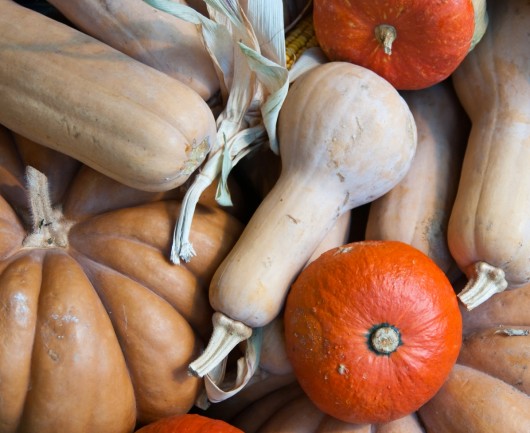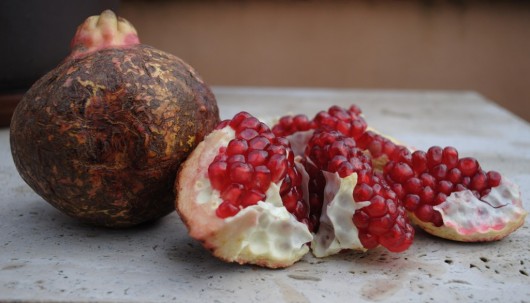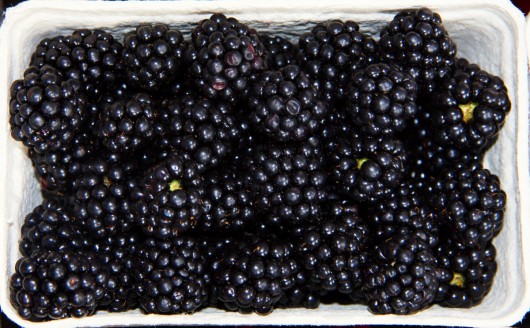Best Jackfruits For Jackfruit Juice And How To Choose Them
Jackfruit is the largest fruit in the world, sometimes weighing as much as 80 pounds, although the average jackruit weighs much less. Nonetheless, one single jackfruit will produce a lot of juice. Jackfruit is high in heart-healthy potassium, dietary fiber, Vitamin A and essential minerals. Jackfruit is only grown in the tropics, so those wanting to use a juicer to make jackfruit juice in their homes will most likely have to purchase the fruit at a store. If your local grocery store doesn’t carry jackfruit, you may have better luck at an Asian market.
How to Tell if a Jackfruit is Ripe
The best jackfruits for juicing are those that have just reached a ripened stage. Over-ripened jackfruit may have a strongly musty taste and an unpleasant odor, so be careful while you’re selecting one to make juice out of. Unripened jackfruit will be a pale green color, hard to the touch and won’t have any scentat all. Jackfruit that is ripe and ready for juicing will be yellowing-brown and exude a noticeable but not unpleasant aroma, as well as be soft enough to the touch so that it “gives” a little .
Different Types of Jackfruits
Only two general types of jackfruits exist. The best type of jackfruits for juicing are the ones available for commercial sale, since the lesser known varieties rarely make it into mainstream retail outlets. The cultivar “Black Gold” is often used for juicing because of its sweet, strong taste and the ease of removing the flesh from the fruit. Making jackfruit juice is easy, but it’s important to filter out the seeds, because the best jackfruits for juicing also have seeds that can provide a tasty snack.
Eating Jackfruit Seeds
After you’ve done your magic with your juicer and created some fresh, delicious jackfruit juice to drink, you can prepare the seeds in several different ways. They can be boiled for five minutes and then browned in a frying pan. Jackfruit seeds can even be microwaved as long as they are put into a bag in case they explode. Many people like to use them in soups and stews, and they can be roasted in the same manner that you would roast chestnuts over the coals of a fire.
Jackfruits have been fairly little-known among average consumers until recently, but lately, more and more people have been discovering their taste and health benefits.
